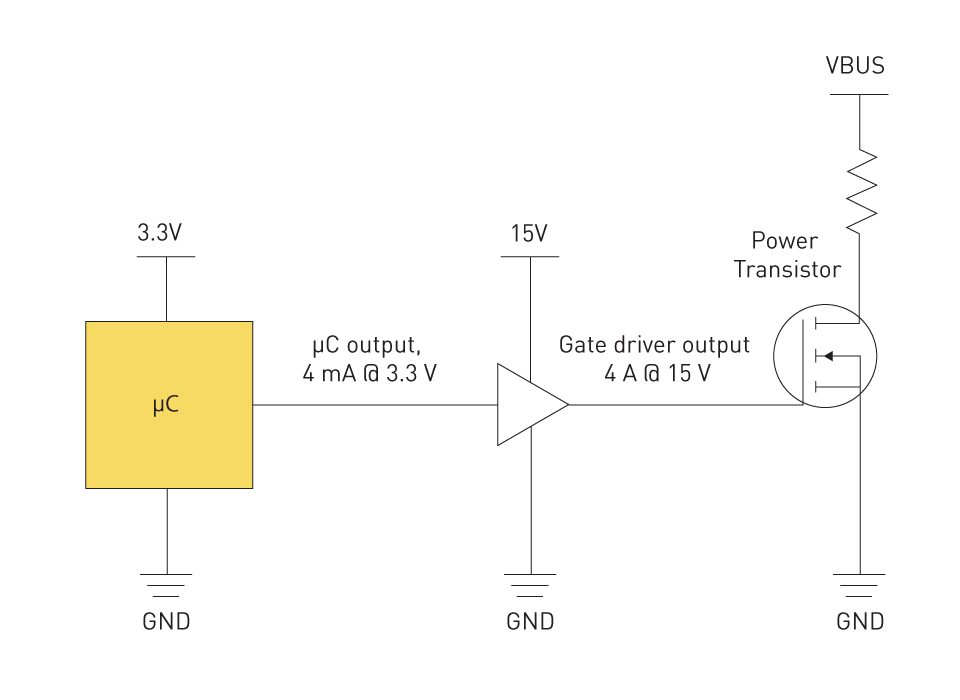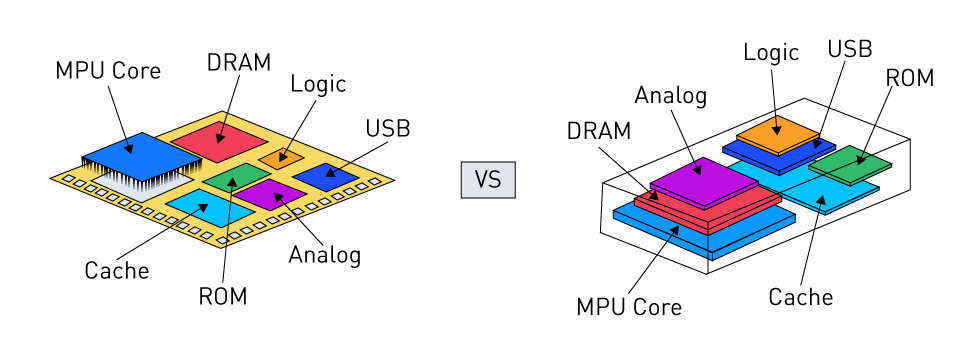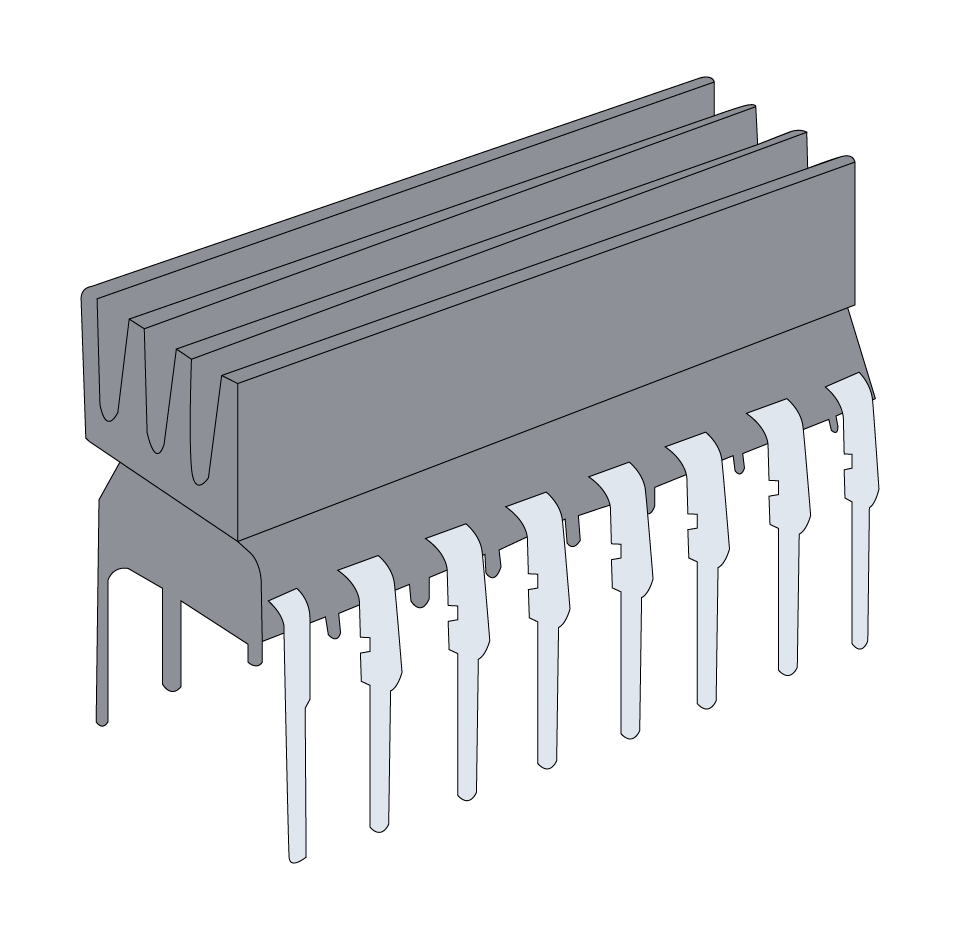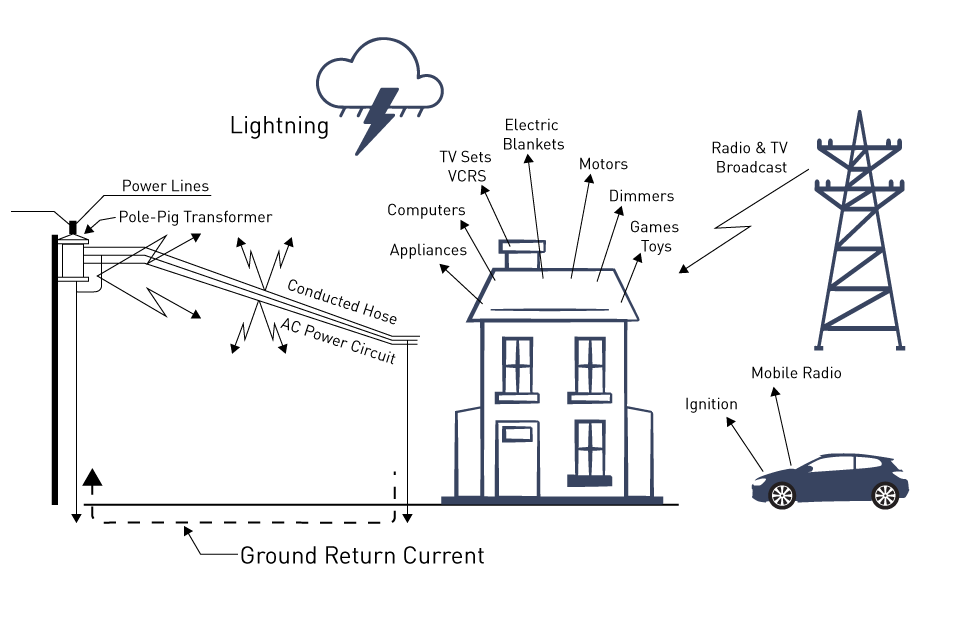Power Management
Efficiency and performance optimization are crucial in electronic system design, particularly in power management for digital isolators. This requires understanding how to optimize power conversion and distribution while managing the delicate balance between performance and power consumption.
Strategies for Efficient Power Conversion and Distribution
Switch-Mode Power Supplies (SMPS): SMPS are highly favored for their exceptional power conversion efficiency across different voltage levels. They operate by rapidly toggling electrical currents, minimizing energy loss through heat.
Regulator Optimization: Selecting the appropriate voltage regulator type, whether it be linear or switching, is of utmost importance to meet the specific needs of the application. Linear regulators offer a straightforward solution with minimal noise, while switching regulators excel in efficiency, particularly in applications that require a broad input voltage range.
Power Factor Correction (PFC): Implementing PFC circuits in AC-powered systems can greatly enhance power efficiency. By minimizing the phase difference between voltage and current waveforms, PFC improves power usage effectiveness.
Energy Harvesting: Integrating energy harvesting technologies, like solar cells or piezoelectric generators, can enhance power management strategies, particularly in low-power or remote applications.
Dynamic Power Management (DPM): DPM entails modifying the power state of the system to align with its present operational needs. These techniques are used to minimize power consumption when maximum performance is unnecessary.
Balancing Performance and Power Consumption
Performance vs. Power Tradeoff: When it comes to high-performance systems, there is a tradeoff between performance and power. The more power these systems consume, the more heat they generate, which can ultimately reduce their efficiency. Optimizing the system to ensure sufficient performance while managing power consumption is a crucial aspect to consider.
Low-Power Design Techniques: These strategies involve utilizing low-power components, optimizing software algorithms for maximum efficiency, and incorporating power-down modes for inactive components.
Thermal Considerations: The correlation between power consumption and thermal management is crucial. Increased power consumption leads to higher thermal stress, which requires more reliable cooling solutions.
Efficient Resource Utilization: Maximizing the utilization of processing resources, such as CPUs and GPUs, can help improve power efficiency. Methods such as load balancing and task scheduling play a crucial role in optimizing resource allocation and preventing inefficiencies.
System-Level Optimization: When it comes to system-level optimization, finding the right balance between power and performance requires careful consideration of how all the different components and subsystems interact with each other. Efficiently distributing power, managing interdependencies, and ensuring system stability under varying load conditions are all crucial aspects to consider.
Performance Enhancement Techniques
The progress of electronic systems has brought about a range of methods to improve performance. These methods prioritize not just maximizing output and efficiency but also achieving a harmonious balance among different design parameters.
Advanced Methods for Maximizing Performance
Overclocking and Frequency Scaling: This involves increasing the operating frequencies of processors or other components to enhance performance. Although it is efficient, it necessitates meticulous control over the production of excess heat and energy consumption.
Parallel Processing Architectures: Utilizing multi-core or parallel processing architectures can greatly boost performance. This method distributes tasks among multiple processing units, enabling more efficient management of intricate computations or data-heavy tasks.
Optimized Algorithm Implementation: Maximizing software performance is of utmost importance. Optimized algorithms can significantly decrease processing time and resource usage, resulting in faster responses and reduced power consumption.
Hardware Acceleration: Utilizing specialized hardware for specific tasks, such as GPUs for graphical processing or FPGAs for custom logic operations, can greatly enhance performance in those areas.
Memory Management Optimization: Maximizing the utilization of memory resources, which involves improving access times and implementing effective caching strategies plays a crucial role in enhancing the overall performance of a system.
Balancing Various Design Parameters for Optimal Outcomes
Tradeoff Between Speed and Accuracy: In certain systems, especially those used in data processing or control applications, finding the right tradeoff between operational speed and accuracy or resolution is crucial. This could include fine-tuning sampling rates, filter characteristics, or feedback loops.
Power vs. Performance Tradeoff: When performance improves, power consumption usually goes up as well. Efficient thermal management and dynamic power management techniques are crucial for maintaining this delicate equilibrium.
Size and Portability Considerations: For size and portability, it's important to balance performance improvements with space limitations and portability requirements. This frequently requires the use of miniaturization technologies and creative packaging solutions.
Cost-Performance Ratio: Considering the economic aspect of performance enhancement is crucial. It is important to carefully consider the cost implications of high-performance components or technologies and ensure that their value justifies their inclusion in the system.
Reliability and Longevity: Utilizing components to their maximum potential can impact their overall reliability and lifespan. It is essential to prioritize the long-term stability of the system while implementing performance enhancements.
System Integration
System integration plays a crucial role in electronics, particularly when integrating isolated solutions into larger systems. It requires careful thought and problem-solving to ensure smooth operation and optimal performance across the entire system.
Considerations for Integrating Isolated Solutions in Larger Systems
Compatibility and Interoperability: Ensuring compatibility and interoperability between isolated solutions and other components in the larger system is crucial. This involves ensuring that the electrical components are compatible, aligning the communication protocols, and synchronizing the operation.
Minimizing Interface Issues: It is crucial to tackle interface issues such as signal mismatches or communication delays. This requires creating effective interface circuits and ensuring the integrity of signals between various subsystems.
Managing Power Supply Requirements: Isolated solutions frequently come with unique power needs. When incorporating these components into larger systems, it is crucial to meticulously plan the power distribution. This involves taking into account factors such as voltage levels, current capacity, and power quality.
Thermal Impact Assessment: The inclusion of separate solutions can affect the overall thermal profile of the system. Understanding and controlling this impact, especially when it comes to heat generation and dissipation is crucial for ensuring system stability.
Mechanical and Physical Integration: Considering the mechanical and physical aspects of integrating isolated solutions into larger systems is crucial. It is important to take into account factors like space limitations, mounting needs, and mechanical stress.
Addressing Challenges in System-Level Implementation
Complexity Management: Managing complexity becomes essential as systems grow in complexity due to the integration of isolated solutions. This requires careful architectural planning, a focus on modular design approaches, and the implementation of effective project management strategies.
Ensuring Reliability and Robustness: The integration of new components can influence the overall system's dependability. System-level reliability requires rigorous testing, redundancy planning, and robust design practices.
Optimizing System Performance: It is crucial to optimize the overall system performance, taking into account the unique features of each solution. This could include fine-tuning system parameters, optimizing data flow, and ensuring optimal resource utilization.
Software and Firmware Integration: System integration heavily relies on the integration of software. It is vital to optimize firmware and software for the integrated system, taking into account driver compatibility and system-level control algorithms.
Addressing Scalability and Future Upgrades: Designing the system with scalability in mind is crucial to accommodate future expansions or upgrades without requiring major overhauls. Planning ahead involves considering the need for extra interfaces, power capacity, and space.







直接登录
创建新帐号